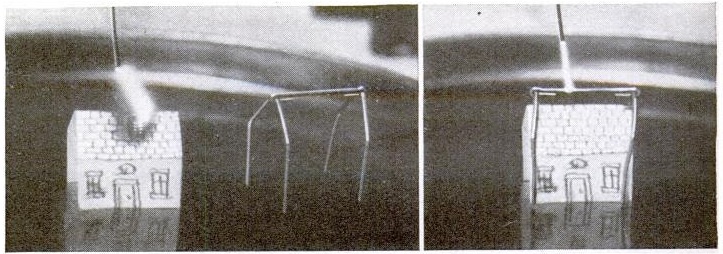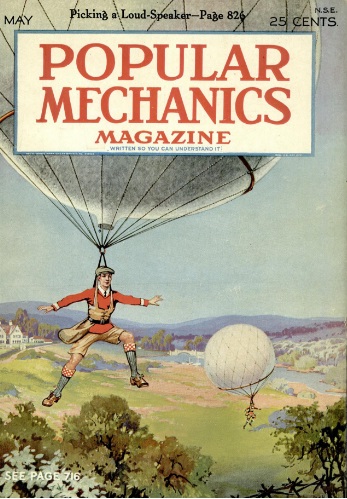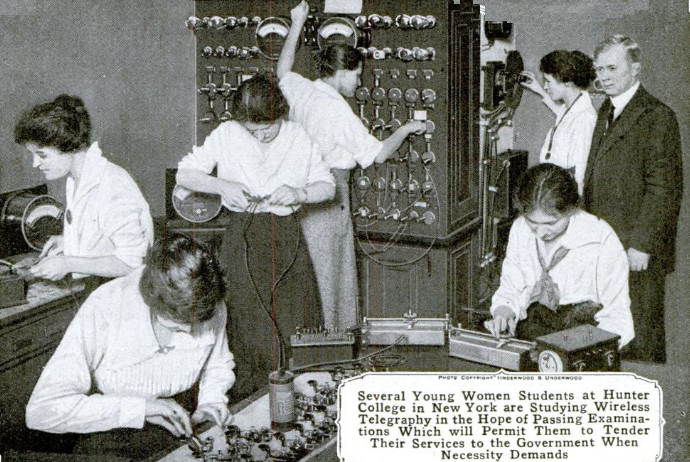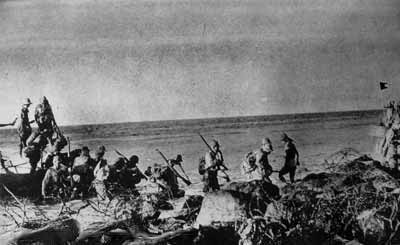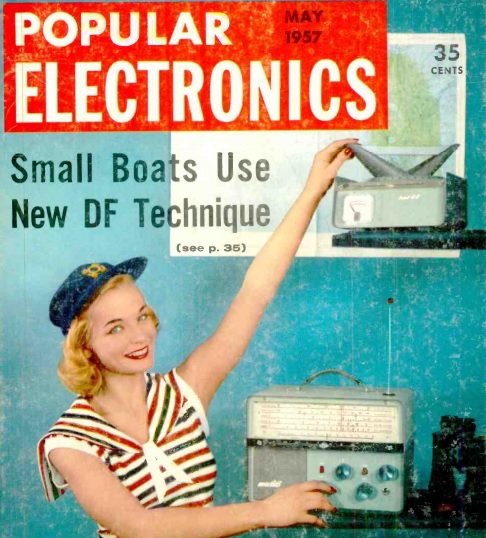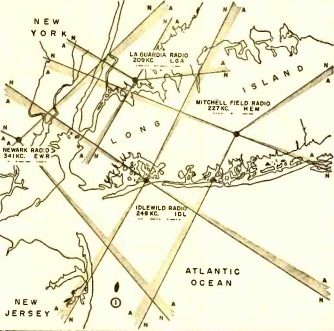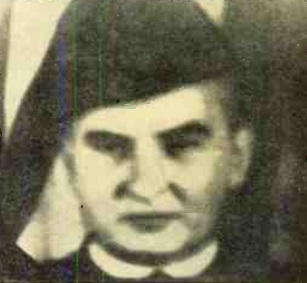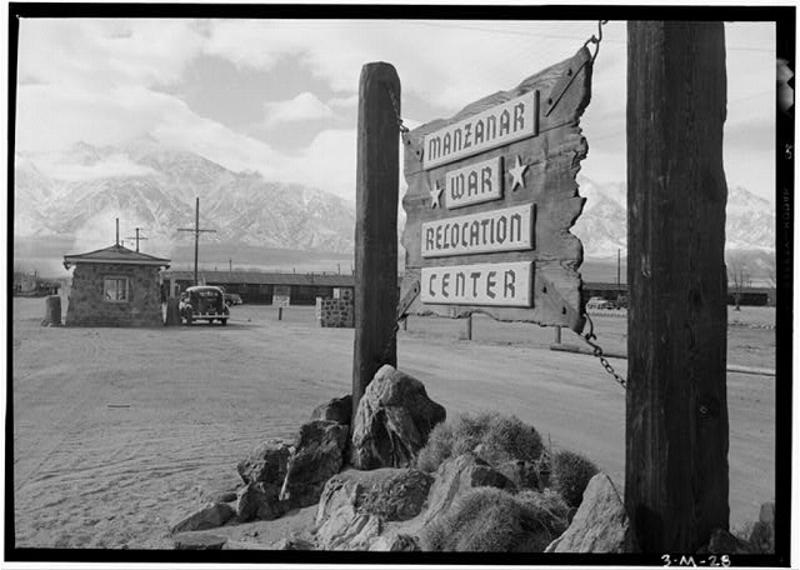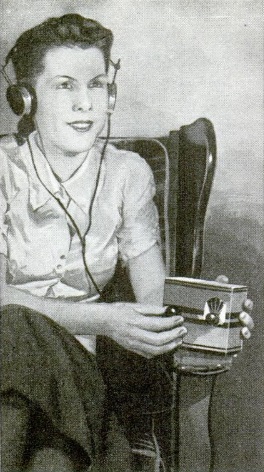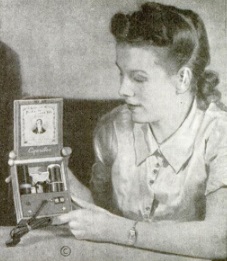The following order was issued 75 years ago today.
Western Defense Command and Fourth Army Wartime Civil Control Administration, Presidio of San Francisco, California
May 3, 1942
Instructions to All Persons of Japanese Ancestry Living in the Following Area:
All of that portion of the County of Alameda, State of California, within the boundary beginning at the point where the southerly limits of the City of Oakland meet San Francisco Bay; thence easterly and following the southerly limits of said city to U.S. Highway No. 50; thence southerly and easterly on said Highway No. 50 to its intersection with California State Highway No. 21; thence southerly on said Highway No. 21 to its intersection, at or near Warm Springs, with California State Highway No. 17; thence southerly on said Highway No. 17 to the Alameda-Santa Clara County line; thence westerly and following said county line to San Francisco Bay; thence northerly, and following the shoreline of San Francisco Bay to the point of Beginning.
Pursuant to the provisions of Civilian Exclusion Order No. 34, this Headquarters, dated May 3, 1942, all persons of Japanese ancestry, both alien and non-alien, will be evacuated from the above area by 12 o’clock noon, P. W. T., Sunday, May 9, 1942.
No Japanese person living in the above area will be permitted to change residence after 12 o’clock noon, P. W. T., Sunday, May 3, 1942, without obtaining special permission from the representative of the Commanding General, Northern California Sector, at the Civil Control Station located at:
920 “C” Street,
Hayward, California.
Such permits will only be granted for the purpose of uniting members of a family, or in cases of grave emergency.
The Civil Control Station is equipped to assist the Japanese population affected by this evacuation in the following ways:
- Give advice and instructions on the evacuation.
- Provide services with respect to the management, leasing, sale, storage or other disposition of most kinds of property, such as real estate, business and professional equipment, household goods, boats, automobiles and livestock.
- Provide temporary residence elsewhere for all Japanese in family groups.
- Transport persons and a limited amount of clothing and equipment to their new residence.
The Following Instructions Must Be Observed:
- A responsible member of each family, preferably the head of the family, or the person in whose name most of the property is held, and each individual living alone, will report to the Civil Control Station to receive further instructions. This must be done between 8:00 A. M. and 5:00 P. M. on Monday, May 4, 1942, or between 9:00 A. M. and 5:00 P. M. on Tuesday, May 5, 1942.
- Evacuees must carry with them on departure for the Assembly Center, the following property:
(a) Bedding and linens (no mattress) for each member of the family;
(b) Toilet articles for each member of the family;
(c) Extra clothing for each member of the family;
(d) Sufficient knives, forks, spoons, plates, bowls and cups for each member of the family;
(e) Essential personal effects for each member of the family.
All items carried will be securely packaged, tied and plainly marked with the name of the owner and numbered in accordance with instructions obtained at the Civil Control Station. The size and number of packages is limited to that which can be carried by the individual or family group.
- No pets of any kind will be permitted.
- No personal items and no household goods will be shipped to the Assembly Center.
- The United States Government through its agencies will provide for the storage, at the sole risk of the owner, of the more substantial household items, such as iceboxes, washing machines, pianos and other heavy furniture. Cooking utensils and other small items will be accepted for storage if crated, packed and plainly marked with the name and address of the owner. Only one name and address will be used by a given family.
- Each family, and individual living alone, will be furnished transportation to the Assembly Center or will be authorized to travel by private automobile in a supervised group. All instructions pertaining to the movement will be obtained at the Civil Control Station.
Go to the Civil Control Station between the hours of 8:00 A. M. and 5:00 P. M., Monday, May 4, 1942, or between the hours of 8:00 A.M. and 5:00 P. M., Tuesday, May 5, 1942, to receive further instructions.
J. L. DeWITT
Lieutenant General, U.S. Army
Commanding

